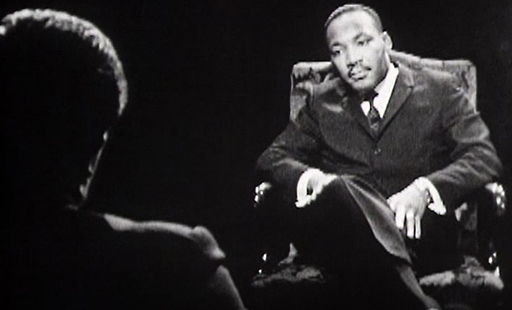1 Jim Crow
Following the end of the American Civil War and the abolition of slavery in 1865, Black people had been granted equal constitutional rights. Slavery had previously been permitted across the southern states of the United States, but now Black Americans were free to vote, stand for office and, in theory, enjoy many of the same freedoms as White Americans. Gradually, however, many states across the South began to introduce legislation – often known as ‘Jim Crow’ laws – which enforced racial segregation. These laws meant that Black and White people were separated in public spaces, with Black people prevented from accessing schools, restaurants, and housing reserved for White people. In order to disenfranchise Black people, Southern states also enacted various measures, such as literacy tests, which disproportionately prevented Black people from voting. In the first half of the twentieth century activists established a number of organisations – such as the National Association for the Advancement of Colored People (NAACP, formed in 1909) and the Congress of Racial Equality (CORE, formed 1942) – to advance their rights, but racial discrimination and segregation were still firmly in place by the 1950s.

Activity 1
To gain a greater sense of how these laws affected many Americans, watch the following interview with Martin Luther King Jr., who became a major leader of the civil rights movement. You’ll learn more about King’s role in this struggle later in this course, but here you’ll focus on a section of the interview in which King discusses his experiences of racial discrimination when growing up in Atlanta, Georgia. King was thirty-two when this interview was conducted in 1961.
While you’re watching the video, consider the question below.
What forms of racial discrimination and segregation does King discuss in this video?

Transcript: Video 1: Martin Luther King: Face to face
Discussion
King discusses the various forms of segregation that were enforced in Atlanta. He notes that Black people were unable to use white parks, swimming pools or cinemas, and explains that the facilities available to Black people were inferior to those reserved for White people. There was only one black high school in the city, for example, despite a black population of around 200,000.
King’s recollections provide us with a clear sense of the injustices and prejudices that many Black Americans faced in the United States in the first half of the twentieth century. During the 1950s and 1960s, the civil rights movement worked to overturn this system of racial segregation.
